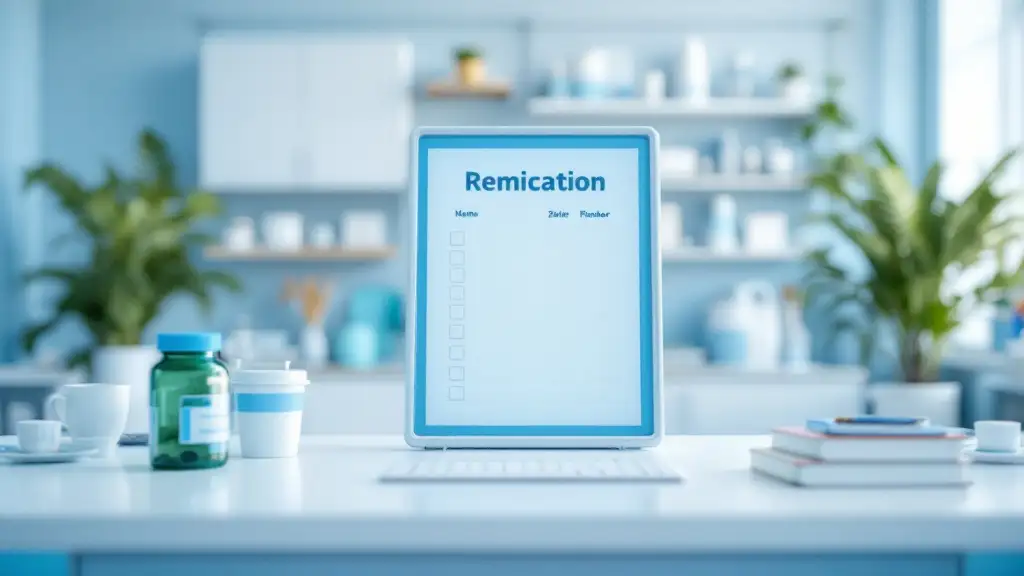Understanding and Addressing Work-Related Stress
Work environments that demand high performance can lead to significant anxiety and stress, impacting both individual health and organizational productivity. Recognizing the root causes, symptoms, and effects of work-related stress is essential for developing effective reduction strategies. This article explores evidence-based practices, organizational interventions, and personal habits that collectively contribute to creating a healthier, more resilient workplace.
Identifying Causes and Recognizing Symptoms of Work Stress
What are common causes, symptoms, and effects of work-related stress and anxiety?
Work-related stress and anxiety stem from various workplace factors that can impact an individual's mental and physical health. Common causes include excessive workloads, tight deadlines, conflicting job expectations, poor communication, lack of social support, job insecurity, workplace conflicts, harassment, and organizational changes such as restructuring or role ambiguity.
These stressors trigger responses across physical, psychological, and behavioral domains. Physically, individuals may experience fatigue, headaches, muscle tension, sleep disturbances, increased heart rate, and gastrointestinal issues. Psychologically, symptoms can include feelings of anxiety, irritability, depression, difficulty concentrating, and low self-esteem. Behaviorally, signs include absenteeism, reduced work performance, social withdrawal, increased use of alcohol or caffeine, and neglect of personal health.
If unaddressed, these symptoms and causes can lead to serious long-term health effects. Chronic stress increases the risk of cardiovascular diseases like hypertension and heart attacks. It can also cause burnout, a state of emotional exhaustion, depersonalization, and reduced personal accomplishment. Mental health disorders such as depression and anxiety can develop or worsen under sustained stress conditions.
Long-term work stress not only harms personal health but also affects organizational outcomes. It leads to higher staff turnover, increased absenteeism, greater healthcare costs, and diminished morale and productivity. Recognizing these signs early through self-awareness and workplace assessments is crucial for implementing timely interventions.
To manage work stress effectively, individuals should identify their specific stressors and triggers. Establishing clear boundaries—such as limiting after-hours communication—and adopting resilience-building strategies like mindfulness, time management, and seeking social support can mitigate adverse effects.
Employers play a vital role by fostering supportive work environments, providing mental health resources, and promoting work-life balance. Together, proactive management of stressors and symptom recognition can prevent the progression to more severe health problems and improve overall well-being.
| Aspect | Details | Additional notes |
|---|---|---|
| Causes | Heavy workload, tight deadlines, poor support, job insecurity, conflict | Organizational level issues often require systemic solutions |
| Symptoms | Fatigue, headaches, sleep problems, anxiety, irritability, withdrawal | Can overlap with other health conditions |
| Effects | Cardiovascular disease, burnout, depression, job dissatisfaction, absenteeism | Long-term effects impair both health and work performance |
Understanding the interplay between causes, symptoms, and impacts of work stress enables better management practices, promoting healthier workplaces and more resilient employees.
Implementing Effective Stress Management Strategies
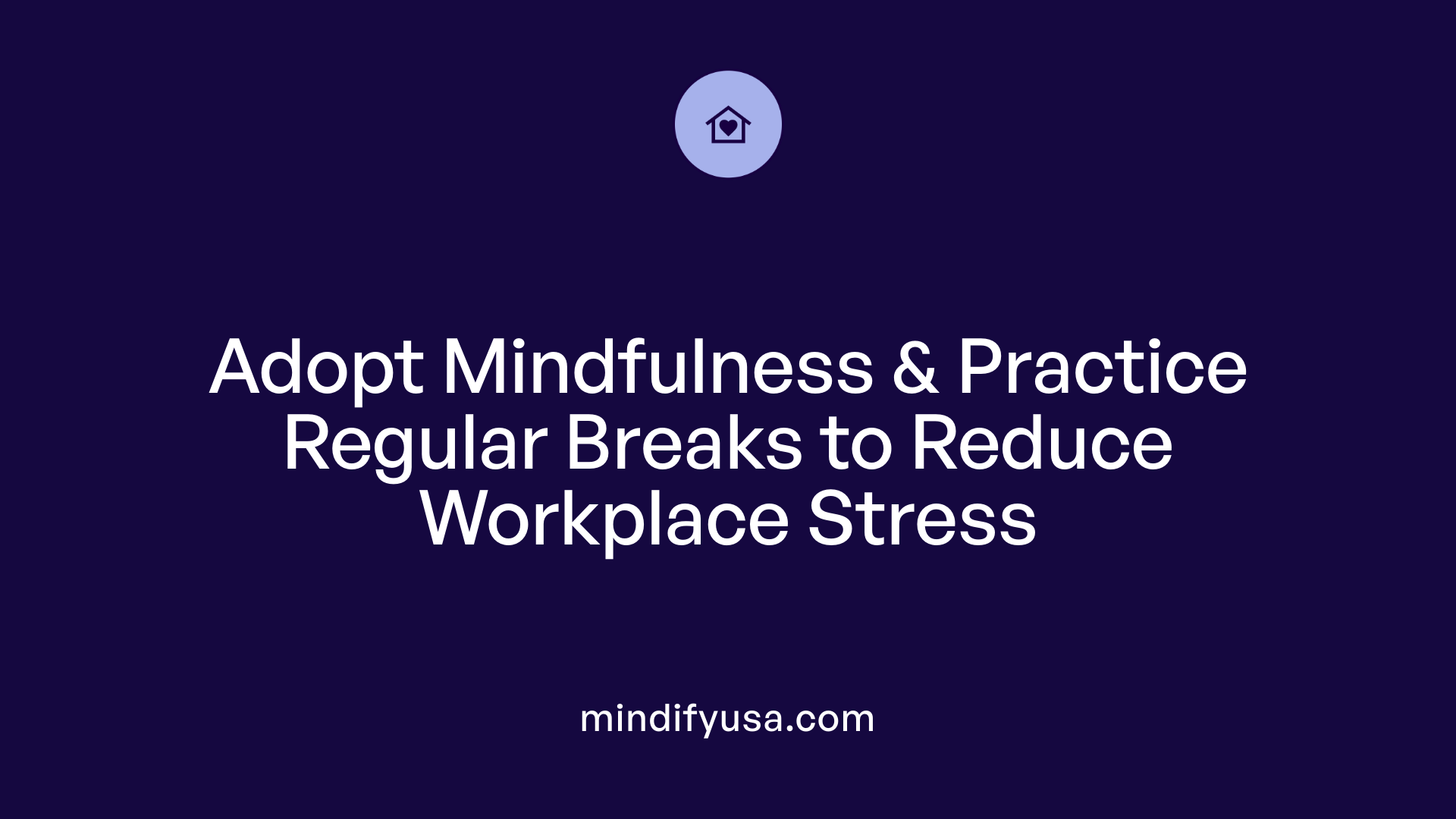
What strategies and techniques are effective for managing and reducing work-related stress and anxiety?
Managing stress and anxiety at work involves a combination of practical techniques and lifestyle adjustments. Practicing mindfulness through meditation, deep breathing exercises, or guided relaxation helps center your thoughts and calm the nervous system. These techniques activate the body's relaxation response, which counters the fight-or-flight reaction triggered by stress.
Regular physical activity, whether through structured exercise or leisurely walks, reduces emotional tension and boosts mood. Incorporating hobbies such as gardening, art, or music provides mental relief and rejuvenation. Establishing boundaries between work and personal life is crucial; this means not checking emails after hours, turning off work notifications, and clearly dividing time dedicated to work and leisure.
Taking scheduled breaks during workdays, including micro-breaks of around 10 minutes, can significantly prevent burnout. Vacations and disconnecting from work responsibilities allow for mental and emotional recovery, which is essential in avoiding prolonged stress levels.
Building a support network is another effective strategy. Connecting with trusted colleagues, friends, or mental health professionals offers emotional backing and practical advice. Open conversations about workload with managers can lead to supportive adjustments, helping distribute tasks more evenly and realistically.
Organizing and prioritizing work tasks through methods like to-do lists or digital planners can reduce feelings of being overwhelmed. Setting realistic deadlines and acknowledging accomplishments boost confidence and reduce anxiety.
Creating a Wellness Action Plan helps identify personal stress triggers and pairs them with effective coping mechanisms. Reframing negative thoughts into more realistic and positive ones diminishes automatic pessimism and fosters a resilient mindset.
Promoting a positive work environment—such as recognizing achievements, encouraging open communication, and implementing organizational changes—can reduce workplace stress significantly. Employers play a critical role by providing resources like mental health education, counseling services, and flexible work arrangements.
In summary, a multi-faceted approach that combines mindfulness, physical health, support systems, and organizational strategies is most effective for mitigating work-related stress and anxiety. These techniques not only improve immediate emotional well-being but also help in building resilience for long-term mental health maintenance.
| Strategy | Description | Additional Benefits |
|---|---|---|
| Mindfulness and relaxation techniques | Meditation, deep breathing, mindfulness apps | Reduce physiological stress response, increase focus |
| Regular Physical Activity | Exercise, walking, hobbies | Boosts mood, reduces emotional tension |
| Boundaries and disconnecting | Not checking work emails after hours, taking vacations | Prevents burnout, improves work-life balance |
| Support Networks | Colleagues, friends, professionals | Provides emotional resilience and practical strategies |
| Workload Management | Prioritization, realistic goals | Lessens feelings of overwhelm, increases productivity |
| Wellness Plan & Thought Reframing | Identifying triggers and challenging negative thoughts | Builds resilience, fosters positive thinking |
Implementing these strategies fosters a healthier, more balanced approach to handling work-related stress, contributing to overall mental health and workplace satisfaction.
Research-Backed Methods for Workplace Stress Reduction
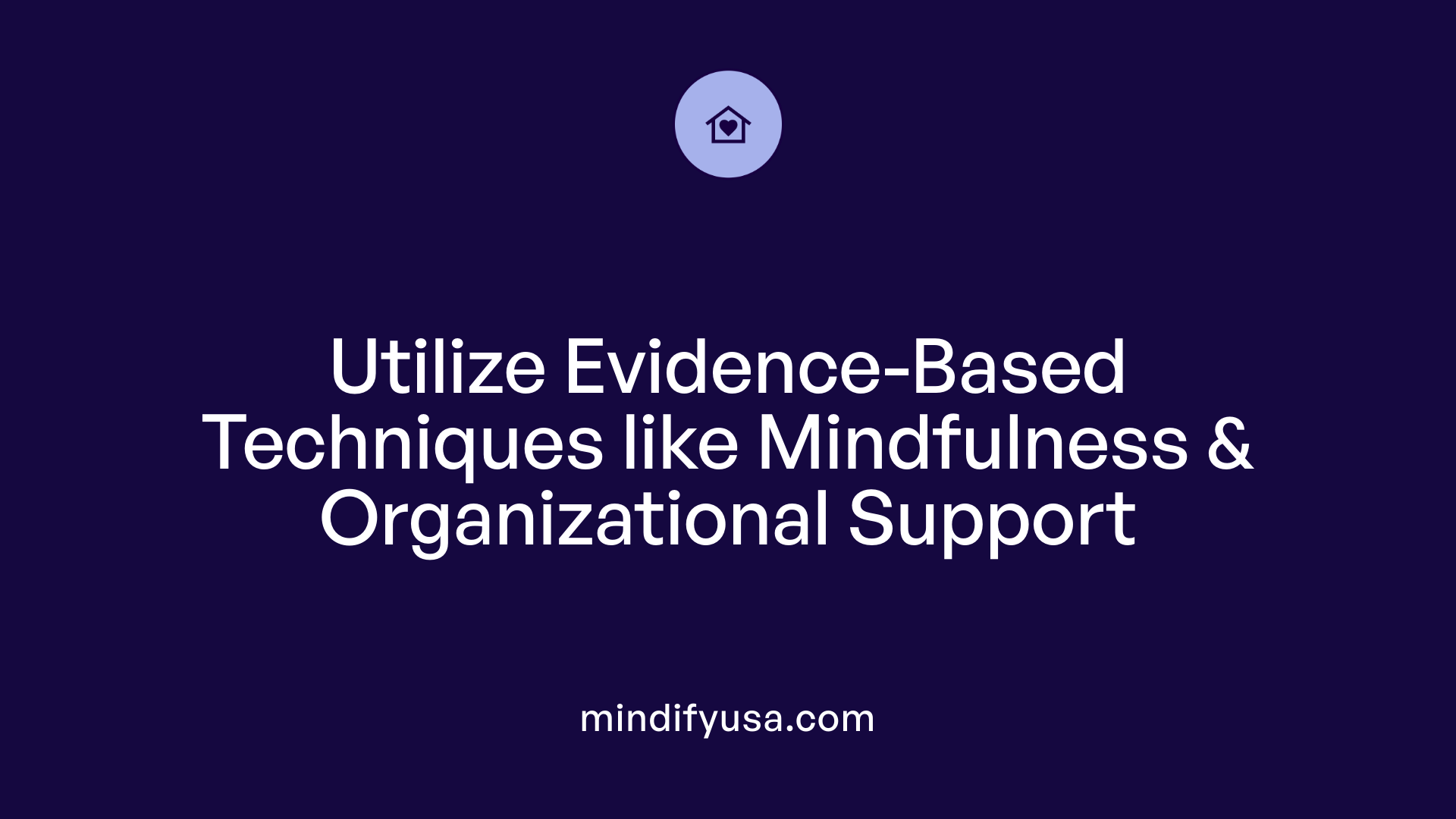
What evidence-based methods are supported by research for reducing workplace stress?
Research indicates a variety of effective strategies for managing and reducing stress in the workplace. These methods span individual practices, organizational changes, and combined approaches.
On the personal level, mindfulness-based stress reduction (MBSR) has garnered strong support. Systematic reviews and meta-analyses have shown that mindfulness practices like meditation, yoga, and deep breathing significantly decrease symptoms of anxiety, depression, and overall stress among employees, including healthcare workers and other professionals. Even shorter, abridged programs of mindfulness have demonstrated meaningful benefits.
Relaxation techniques such as scheduled breaks, progressive muscle relaxation, and engaging hobbies also play a vital role. Encouraging employees to take micro-breaks of about 10 minutes during the workday helps replenish resources and improves concentration, mood, and energy.
Healthy responses, including maintaining good sleep habits, balanced nutrition, regular physical activity, and social support, further bolster resilience and reduce stress.
Organizational interventions are equally important. Changes that improve work conditions—like adjusting workloads, fostering clear communication, involving employees in decision-making, and building supportive social environments—are effective in lowering stress levels. Leadership practices that include supportive management, recognition of achievements, and a culture of openness contribute to a healthier work atmosphere.
The evidence consistently shows that combining organizational changes with individual coping strategies yields the best results. Multi-level approaches that promote resilience, reduce stressors, and empower employees to manage their responses are most successful.
Research from systematic reviews and meta-analyses emphasizes that these combined methods not only reduce immediate stress but also improve long-term mental health, decrease burnout, and enhance overall productivity and job satisfaction.
Implementing comprehensive programs that include training on stress management, organizational reforms, and fostering a culture of support is essential for sustainable stress reduction in workplaces.
| Strategy Type | Examples | Evidence Highlights |
|---|---|---|
| Individual | MBSR, relaxation techniques, hobbies | Significantly reduces anxiety, depression, and stress; even short programs are effective |
| Organizational | Workload management, communication, employee participation | Improves work environment, reduces psychological strain |
| Combined | Mindfulness training alongside organizational policy changes | Most effective for long-term health, well-being, and productivity |
Efforts to improve mental health at work are most successful when organizations and individuals collaborate to implement evidence-based practices. Recognizing the interaction between personal resilience and organizational culture is fundamental to promoting a healthier, more productive workforce.
Practical Steps Individuals Can Take at Work
How can individuals practically reduce stress and anxiety at work?
Managing stress and anxiety in the workplace involves a combination of personal habits and proactive communication. A fundamental practice is taking regular breaks throughout the day, ideally micro-breaks of about 10 minutes. These short pauses help reset the brain, improve concentration, and reduce feelings of being overwhelmed.
Relaxation exercises such as deep breathing, mindfulness, or brief meditation are highly effective. For instance, practicing deep breathing can activate the body’s relaxation response, decreasing muscle tension and calming the mind. Incorporating mindfulness into daily routines—like mindful walking or focused attention during tasks—can promote clarity and lessen anxiety.
Maintaining healthy habits outside of work, such as prioritizing good sleep, balanced nutrition, and regular physical activity, supports mental resilience. Exercise, hobbies, and exposure to natural environments have been shown to replenish depleted resources, lower cortisol levels, and enhance overall well-being.
Establishing clear boundaries between work and personal life is also crucial. Avoiding work emails after hours, turning off work notifications, and creating a specific routine for winding down helps prevent work-related stress from spilling into personal time.
Keeping a stress journal or log is a practical way to identify personal triggers and responses. Noting what causes stress and how one reacts can foster better self-awareness and inform targeted coping strategies.
Open communication with managers about workload concerns and stressors can lead to supportive adjustments. Advocating for reasonable deadlines, realistic goals, and a manageable workload can significantly reduce anxiety. Developing a supportive dialogue can also facilitate access to workplace resources such as flexible working arrangements or employee assistance programs.
Engaging in hobbies and physical activities outside work contributes to relaxation and stress reduction. Whether it’s taking a short walk, practicing a favorite sport, or engaging in creative pursuits, these activities help replenish mental and emotional reserves.
Finally, nurturing supportive relationships with colleagues and supervisors strengthens social bonds, provides emotional comfort, and fosters a positive work environment. When individuals feel supported and understood, their resilience against work stress improves.
In summary, a comprehensive approach—including regular breaks, relaxation techniques, boundary-setting, self-awareness, open dialogue, and meaningful activities—can significantly reduce workplace stress and anxiety, enhancing overall well-being and productivity.
Organizational Role in Promoting Mental Health and Reducing Stress
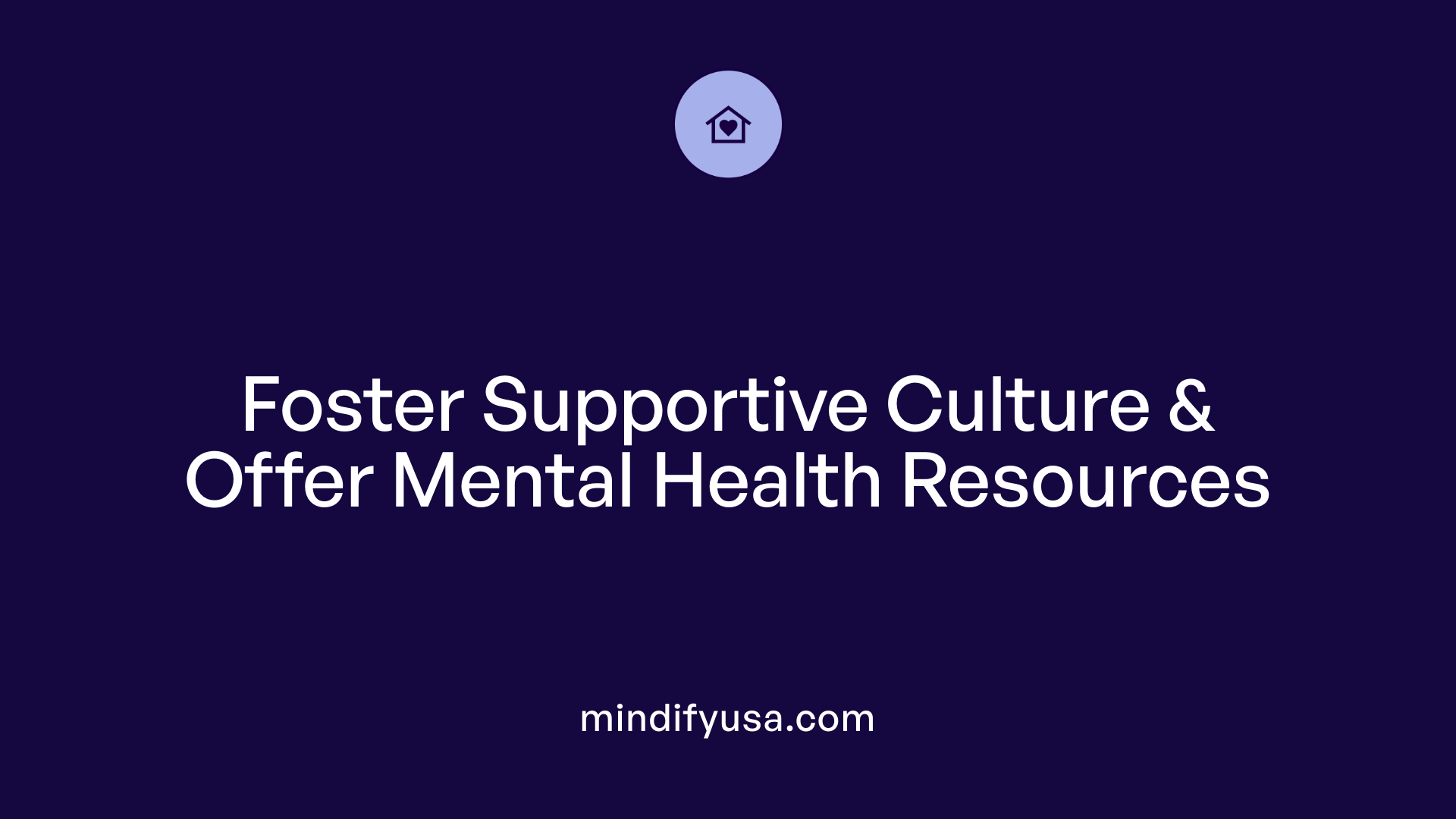
How can organizations support employees in managing stress and promoting mental health?
Organizations play a critical role in creating a healthy and supportive work environment that benefits both employees and overall productivity. One of the most effective ways they can support mental well-being is by implementing comprehensive programs that offer access to quality mental health benefits. These include Employee Assistance Programs (EAPs) and tele-mental health services, which provide confidential counseling and resources.
A positive organizational culture marked by strong leadership support is vital. Policies that promote safety, diversity, inclusivity, and work-life balance foster a sense of security and belonging among staff. Encouraging social connectedness through team-building activities and open communication helps reduce feelings of isolation and stress.
Training and education are essential components. Providing managers and staff with mental health literacy workshops helps reduce stigma and promotes understanding of mental health issues. This encourages employees to seek help early without fear of judgment.
Regular assessment of the organizational climate through surveys and feedback sessions can identify areas needing improvement. Embedding mental health initiatives into core organizational values ensures sustained commitment.
Innovative tools can further enhance support. Mobile mental health applications, flexible working arrangements like remote work, and adjustable hours address individual needs and promote balance.
Creating an environment where mental health is prioritized and openly discussed helps build resilience and reduces the long-term impact of stress-related issues. Ultimately, a proactive organizational approach not only supports individual well-being but also enhances overall organizational performance.
Workplace culture and management practices
A supportive culture includes transparent communication, appreciation, and recognition of employee efforts. Good management practices involve setting clear expectations, providing constructive feedback, and involving employees in decision-making processes. These practices foster trust, reduce uncertainty, and mitigate sources of workplace stress.
Training and mental health literacy
Training sessions targeted at improving mental health literacy equip employees and managers with skills to recognize early signs of stress and mental health problems. Knowledge about stress management techniques, such as relaxation exercises, time management, and effective communication, empowers staff to handle challenges better.
Supporting employees with mental health conditions
Support strategies include reasonable accommodations tailored to individual needs, like flexible scheduling or adjusted workloads. Return-to-work programs facilitate reintegration after leave, while supported employment initiatives provide ongoing assistance. Creating a stigma-free environment where employees feel safe discussing their challenges enhances access to these resources.
Assessment and continuous improvement
Continuous monitoring through surveys, feedback, and health metrics helps organizations evaluate the effectiveness of their mental health strategies. Using this data, they can refine programs and policies, ensuring they remain relevant and impactful.
| Aspect | Implementation Strategies | Impact | Additional Notes |
|---|---|---|---|
| Workplace culture and management | Supportive leadership, transparent policies, recognition | Reduces uncertainty and fosters trust | Essential for long-term success |
| Training and literacy | Workshops, mental health awareness sessions | Early recognition and help-seeking | Helps destigmatize mental health issues |
| Supporting employees with mental health conditions | Accommodations, return-to-work programs | Facilitates recovery and retention | Must be tailored to individual needs |
| Assessment and improvement | Surveys, health metrics, feedback loops | Ensures program relevance and effectiveness | Embeds a culture of continuous growth |
Search Resources for Organizational Strategies
For organizations seeking to expand their efforts, searching for "Organizational strategies for workplace mental health" provides extensive resources and best practices. These include guidelines from reputable organizations such as the CDC, NIOSH, and the American Psychological Association, offering evidence-based approaches to foster resilient and mentally healthy workplaces.
Recognizing Signs and When to Seek Support
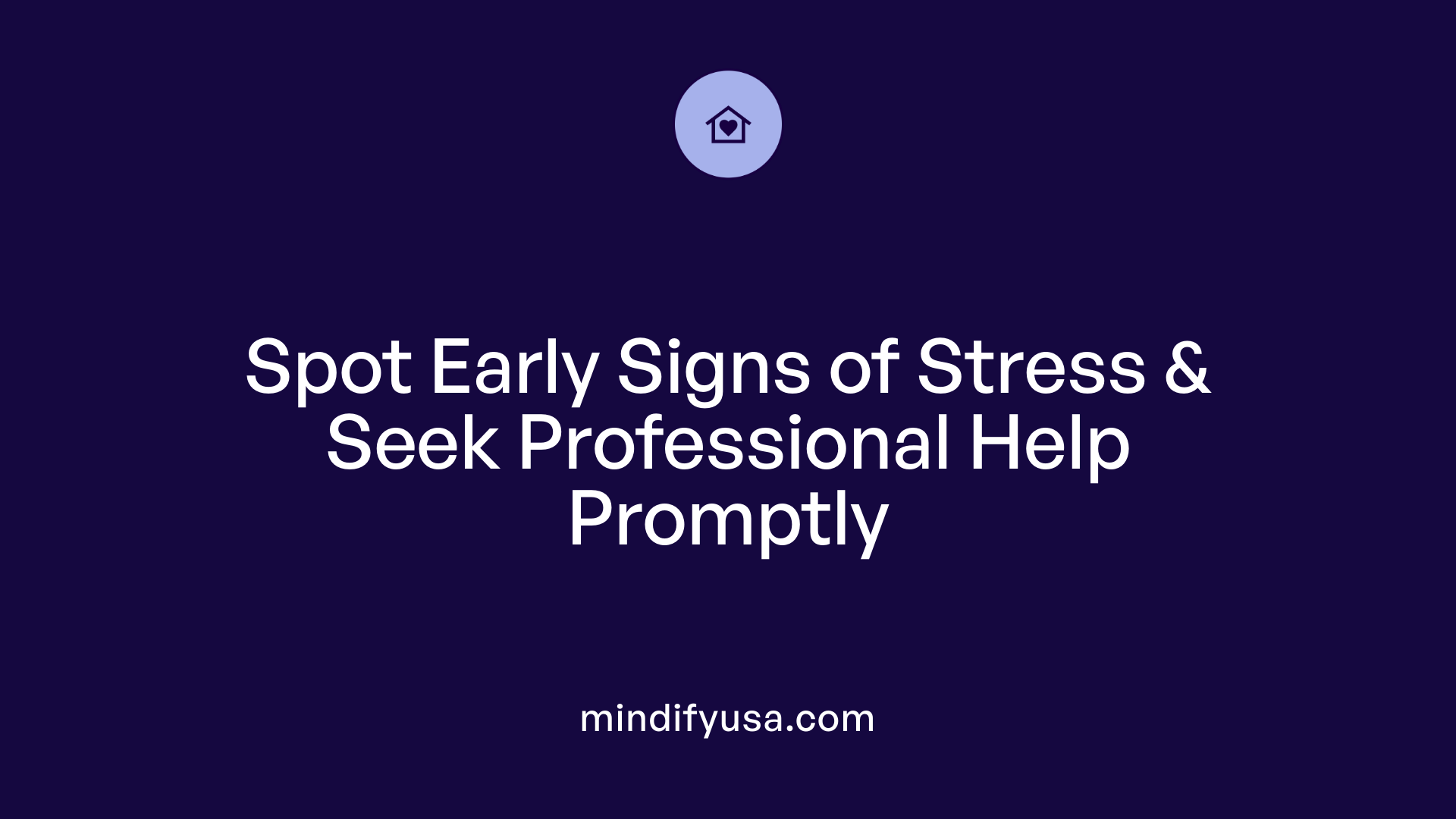
How do you recognize signs of work-related stress and when should someone seek support?
Identifying work-related stress involves paying attention to physical, emotional, and behavioral changes. Common physical symptoms include headaches, fatigue, muscle tension, stomach issues, and sleep disturbances such as insomnia or oversleeping. Emotional signs often manifest as irritability, anxiety, feelings of being overwhelmed, mood swings, or a sense of hopelessness.
Psychological shifts are also important indicators. These may include difficulty concentrating, negative or automatic pessimistic thoughts, decreased motivation, and feelings of cynicism about work. Behavioral changes might involve increased absenteeism, withdrawal from colleagues, neglect of responsibilities, or reduced engagement in work activities.
Cognitive difficulties, such as forgetfulness and inability to focus, can further signal stress. When these signs persist and start to interfere with personal well-being or job performance, it is time to seek support. Early intervention can prevent escalation into burnout, depression, or anxiety disorders.
Support options include consulting with mental health professionals, talking to HR representatives, or utilizing workplace mental health resources. Many organizations offer Employee Assistance Programs (EAPs) that provide confidential counseling services. Recognizing the multiple signs of stress early allows for timely action, helping individuals regain control and maintain both their physical health and mental resilience.
Being aware of these diverse indicators fosters a proactive approach towards mental health. Prompt support and appropriate interventions are vital for reducing stress’s long-term impact and cultivating a supportive, healthy work environment.
Handling Stressful Situations and Building Resilience
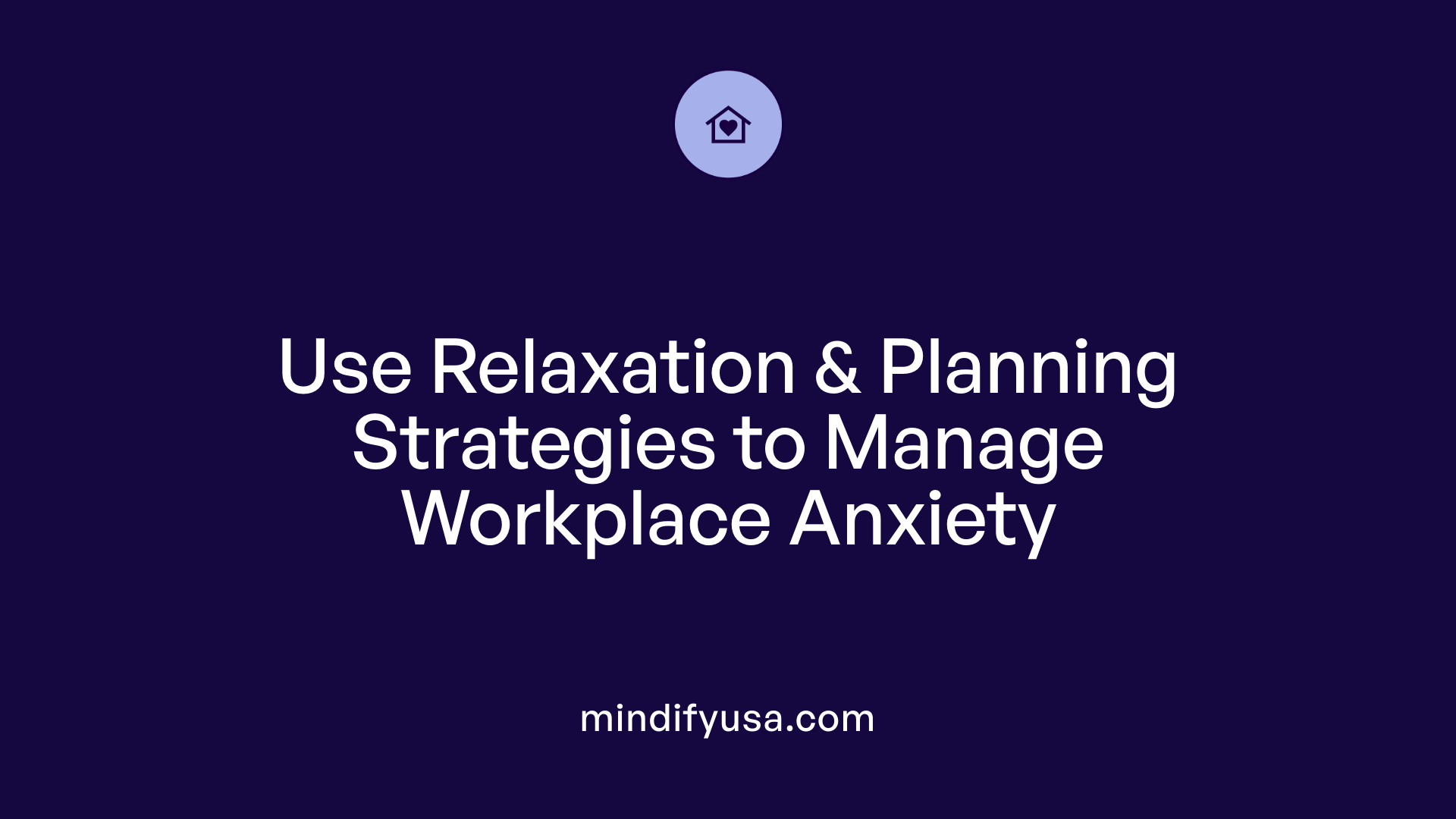
What strategies are effective for handling stressful situations and anxiety during interviews or in the workplace?
Managing stress and anxiety in high-pressure moments like interviews or busy workdays requires a combination of practical techniques and mental preparation. Starting with relaxation methods such as deep breathing exercises, progressive muscle relaxation, or mindfulness meditation can help calm nerves and promote clarity.
Breaking down complex tasks into smaller, more manageable steps can significantly reduce feelings of being overwhelmed. Planning your approach and setting realistic goals for yourself makes challenges seem more attainable. This approach, often called 'chunking', allows you to focus on one small part at a time, which builds confidence and reduces stress.
Establishing boundaries is also vital. Avoid overextending yourself by setting limits on work hours and ensuring you dedicate time for rest and personal activities. This helps prevent burnout and keeps your mind fresh.
Building a supportive network is another important strategy. Connecting with colleagues, friends, or mental health professionals can provide emotional validation and guidance during stressful times. Sharing your concerns and receiving encouragement can boost resilience.
Maintaining good physical health through a balanced diet, regular exercise, and sufficient sleep plays a crucial role in mental clarity and emotional stability. When your body is taken care of, your ability to handle stress improves.
Furthermore, developing a personal wellness or action plan helps you identify specific stressors and preset coping strategies tailored to your needs. Open communication with supervisors about workload and expectations can lead to supportive adjustments.
Engaging in routine self-care activities, such as listening to uplifting music, taking regular breaks, or practicing positive self-talk, can shift your mindset and reduce anxiety. Remember, resilience is built over time through consistent practice of these strategies.
In essence, combining relaxation techniques, strategic planning, supportive relationships, and physical well-being fosters a robust foundation for effectively handling workplace stress and interview anxiety. These methods not only improve immediate responses but also contribute to long-term emotional health and confidence in facing future challenges.
The Critical Role of Recovery and Rest in Stress Management
How do you effectively recover from work stress and anxiety?
Recovery from work stress is vital for restoring both mental and physical health. It helps bring emotions, moods, and energy levels back to normal after a stressful day. One of the most effective ways to recover is to mentally detach from work. This means creating a clear boundary between work time and personal time, often by mentally switching off or engaging in leisure activities unrelated to work tasks.
Short breaks during the workday, known as micro-breaks, can significantly aid recovery. These usually last around 10 minutes and are best used for activities like listening to music, taking a walk outside, or practicing deep breathing exercises. Such activities help reduce stress hormones like cortisol and promote relaxation.
Engaging in hobbies, outdoor walks in natural environments, and socializing with friends or family also fosters recovery. Natural settings, such as parks or green spaces, are especially beneficial—they can improve well-being, lessen burnout, and lead to better sleep.
Developing daily routines like tidying your workspace at the end of the day or planning for the next one can help shift your focus away from work-related thoughts. These routines serve as psychological tools to mark the end of work and facilitate mental switching.
Recognizing that recovery is not just a passive state but a skill that involves both knowledge and practice is important. With time and effort, these practices can become habits that contribute to long-term resilience.
In summary, effective recovery involves disconnecting from work, taking regular breaks, engaging in pleasurable and natural activities, and establishing routines that promote mental separation from job-related stressors.
Embedding Stress Reduction in Organizational Culture
Implementing multi-level strategies that incorporate individual resilience-building techniques and organizational support systems creates a comprehensive approach to reducing workplace anxiety. Cultivating a culture that values mental health, promotes open communication, and offers accessible resources is crucial for sustaining healthy work environments. Recognizing early signs of stress, fostering supportive leadership, and encouraging healthy lifestyle habits empower employees to manage their mental health effectively. Ultimately, proactive efforts that combine personal skills, organizational policies, and community resources pave the way for less stressful, more productive work settings, benefiting both employees and employers alike.
References
- Coping with stress at work - American Psychological Association
- Work and stress | How to be mentally healthy at work - Mind
- How to Recover from Work Stress, According to Science
- How to Keep Work Stress from Taking Over Your Life - Healthline
- Workplace Stress - Guidance and Tips for Employers - OSHA
- STRESS...At Work (99-101) | NIOSH - CDC
- 10 stress busters - NHS
- What is work anxiety? 10 tips to overcome your work worries - Asana
































































































